![]()
![]()
Why is Science Important?
from Alom Shaha on Vimeo.
"The most incomprehensible thing about the world
is that
it is comprehensible."
- Einstein
AP Physics 1
Unit I - Mechanics - Study of the relationship between force and motion

I. Kinematics - Mathematical methods of describing and predicting motion
Motion Plots
A. K. A. Motion Diagrams
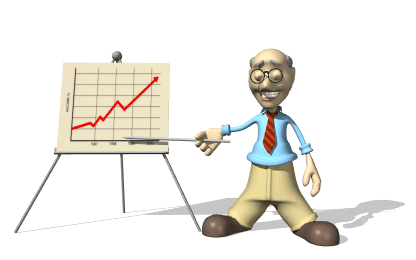
(plots of motion information)
• Equations
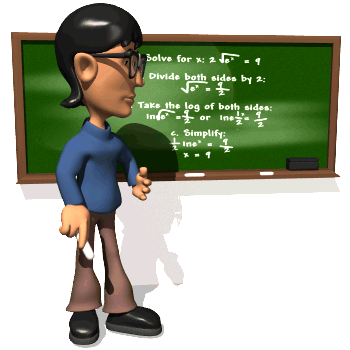
II. How do we measure motion?
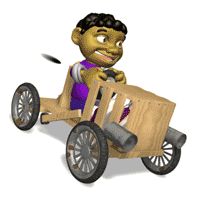
Speed
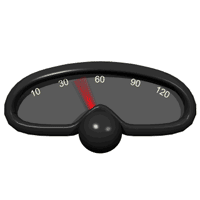
Acceleration

Velocity
(speed and direction)

III. Measuring
motion?

Distance
(meter ≈ 1 yard)

Time
(seconds)
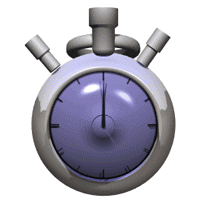
Direction

A. Speed - distance an object covers per unit time
1. Speed = distance / time
a) Units - m/s, km/hour, miles/hour
|
A student on a merry-go-round moves in a circular path with a radius of 3.5 m once every 8.9 secs. Student's average speed? Average velocity? |
Answer: Speed = d/t
= [2∏(3.5m)]/8.9 sec
= 2.5 m/s
Average velocity for a single trip around the merry-go-round?
0 m/s
|
Ex 2) Cars A and B are 400. m apart. Car A travels 35. m/s east on a collision course with car B, which travels 15. m/s west. How long will it take for the cars to collide? |
Answer: Speed = d/t
When the cars collide, total d = 400. m
d = SpeedXtime
400.m = 35. m/s t + 15. m/s t
400 m = 50. m/s t
t = 8.0 s

Photos made by
Eadweard Muybridge (1830- 1904)
Animation by User
Waugsberg
Public Domain
|
Ex 3) A car travels
250 km Car's average speed in m/s? |
Speed = [total d]/[total time]
total d = 500 km
Total Time
Speed = d/t
Speedxtime = d
time = d/Speed
time 1 = 250 km/[95 km/h]
2.6 hour
time 2 - 1 hr
time 3 = 250 km/[55 km/h]
4.5 hour
Total t = 8.1 hours
Speed = [total d]/[total time]
Speed = 2(250 km)/8.1 hours
speed = 62 km/hr
[62 km/hr]x[1000m/km]x[1 hr/60 min]x[1 min/60 sec]
Ex 4) A cop riding 100 mph pursues a criminal travelling 85 mph. It takes the cop 15 minutes to catch up with the criminal. What distance, in miles, originally existed between the cop and the criminal when the pursuit originally began?
d = 15 mph x .25 hrs = 3.8 miles
![]()
![]()
©Tony Mangiacapre., St. Mary's H.S., Manhasset,
NY
All Rights Reserved [Home]
Established 1995
